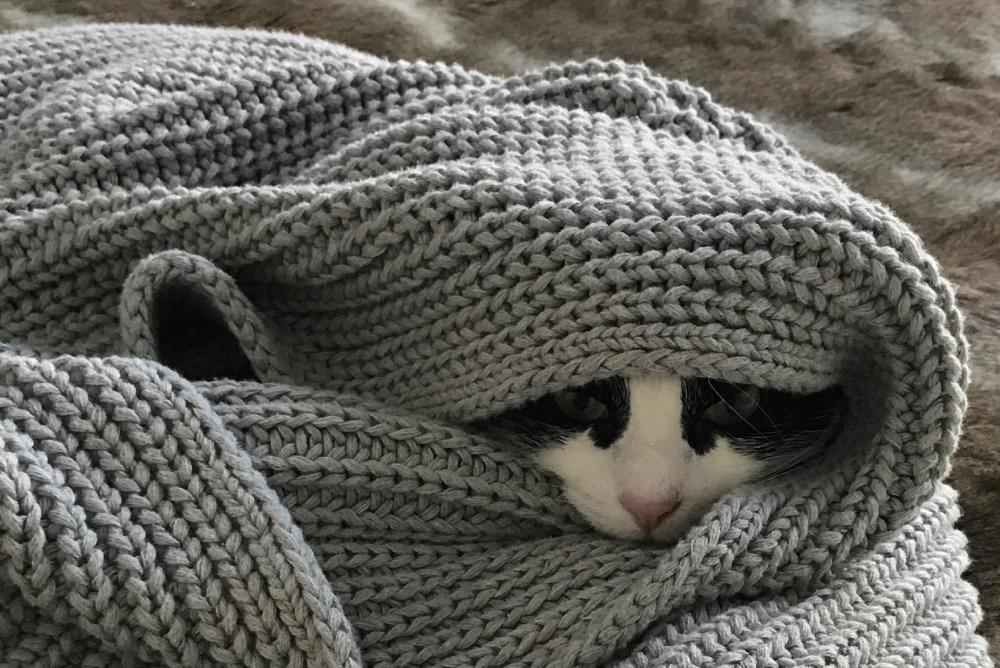A limping cat can be a cause for concern, but not all cases require an immediate trip to the vet. Understanding the potential causes and knowing how to provide first aid at home can help your cat recover quickly. However, if the limp is severe, persistent, or accompanied by other symptoms, professional veterinary care may be necessary.
Identifying the Cause of Limping
Before treating your cat’s limp, try to determine the cause by carefully observing their behaviour and examining their leg. Common causes of limping include:
- Minor injuries: Small cuts, scrapes, or insect bites can cause temporary limping.
- Paw pad problems: Check for thorns, splinters, or debris stuck in their paw pads.
- Joint issues: Arthritis or other degenerative joint conditions may lead to chronic limping.
- Muscle strain or sprains: Overexertion or awkward landings can cause minor injuries.
- Fractures or dislocations: Severe trauma, such as a fall or a car accident, can cause serious bone injuries.
- Infections or abscesses: Bite wounds from other animals may develop into painful abscesses.
- Nerve damage: An injury affecting the nerves can cause weakness or limping.
If your cat resists examination, appears in significant pain, or the limp worsens, seek veterinary attention.
Home Treatment Options
1. Rest and Restriction
Encourage your cat to rest by confining them to a quiet, comfortable space with minimal jumping or climbing opportunities. Reducing activity can help minor sprains and strains heal more quickly.
2. Examine the Paw and Remove Debris
Gently inspect your cat’s paw pads and between their toes for any foreign objects, such as thorns, glass, or splinters. Use tweezers to remove debris and clean the area with mild antiseptic if necessary.
3. Apply Cold or Warm Compresses
- Cold compress: If swelling is present, apply a cold pack wrapped in a cloth for 5-10 minutes, several times a day, to reduce inflammation.
- Warm compress: For stiff joints or muscle strain, a warm compress can improve circulation and relieve discomfort.
4. Keep the Wound Clean
If you notice minor cuts or scrapes, clean the area with antiseptic solution and apply a pet-safe antibiotic ointment. Monitor for signs of infection, such as redness or swelling.
5. Provide Gentle Massage
If the limping is due to muscle stiffness or minor strain, gently massaging the affected leg can help relax the muscles and improve blood flow.
6. Manage Pain Safely
Never give human painkillers to your cat, as they can be toxic. Instead, consult a veterinarian if you suspect your cat needs pain relief.
When to See a Vet
Seek veterinary care if:
- The limp lasts longer than 24-48 hours without improvement.
- Your cat is in severe pain or unable to put weight on the limb.
- The leg appears swollen, deformed, or has an open wound.
- Your cat shows additional symptoms like lethargy, fever, or loss of appetite.
- The limping is a result of trauma, such as a fall or accident.
Conclusion
For minor limping, home treatment with rest, gentle care, and monitoring can be effective. However, if the condition worsens or does not improve, consult your veterinarian promptly. Early intervention can prevent complications and ensure your cat’s speedy recovery.



